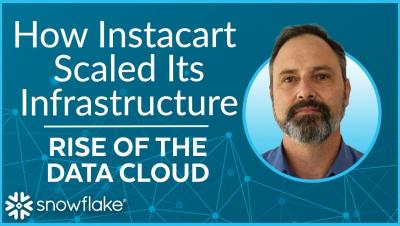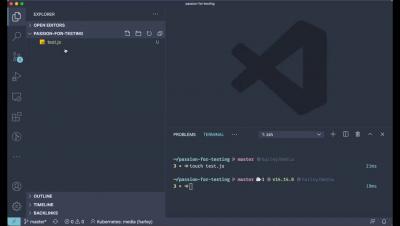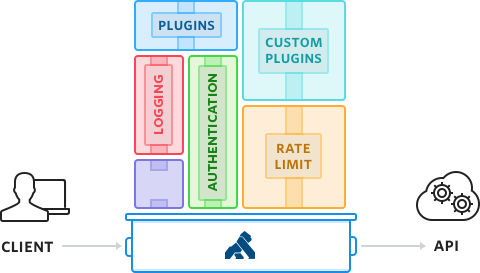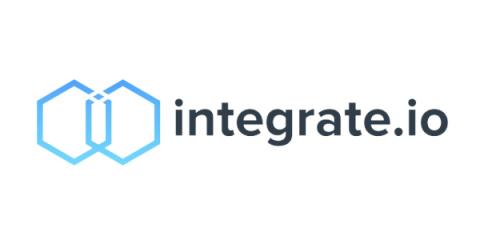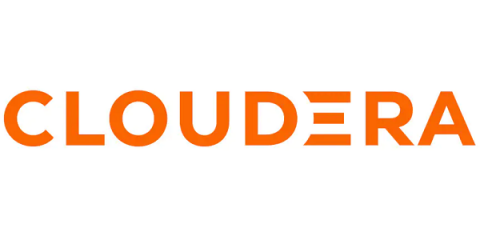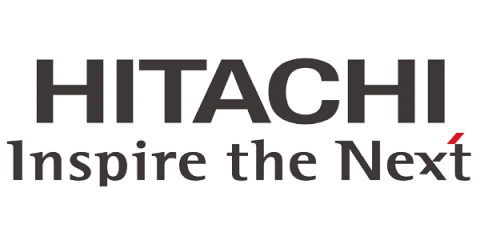Systems | Development | Analytics | API | Testing
%term
An introduction to performance testing with open source tools, with Simon Aronsson
How Knowmad Uses Databox to Save 15+ Hours Per Month and Foster Long-Term Client Relationships
The role of customer experience in digital transformation
There is an undeniable truth that nobody can unsee: 2020 accelerated the digitalization of the world like no other time in the past. Individuals shifted en masse to interact, shop, play, learn, and even go to the doctor online. On the same note, organizations migrated internal and customer-facing operations to a digital realm, regardless of their size, location, or goals.
Building Kong Clusters in AWS with the Terraform API Gateway Module
We created the Terraform API gateway module to help you follow DevOps best practices while implementing Kong using infrastructure as code (IaC). Terraform is an open source tool that allows you to implement IaC using a declarative declaration definition. This Terraform module is the reference platform maintained by Kong for potential and existing customers to quickly set up both Kong Gateway and Kong Enterprise for demo and PoC environments.
How to Design a Scalable Rate Limiting Algorithm
Rate limiting protects your APIs from inadvertent or malicious overuse by limiting how often each user can call the API. Without rate limiting, each user may make a request as often as they like, leading to “spikes” of requests that starve other consumers. Once enabled, rate limiting can only perform a fixed number of requests per second. A rate limiting algorithm helps automate the process. In the example chart, you can see how rate limiting blocks requests over time.
Kafka Total Cost of Ownership: What are you missing?
“We’ve seen two years’ worth of digital transformation in two months” said Microsoft’s Satya Nadella. Due to COVID-19, digital transformation roadmaps have been deleted, redrafted, doubled down and accelerated by up to a decade. Traditional companies are moving by osmosis towards streaming technologies such as Apache Kafka to kick off new digital services. But how much should it cost to experience 2030 in 2021?
Common Regulations that Data-Driven Entities Need to Know
For public and private entities, data collection is a way of life. That fact has led to the proliferation of common regulations to protect consumers and individuals from unacceptable use or storage of their private data. But it's not just data collection laws companies have to adhere to. There are many US-based and international statutes that put constraints on how they do business. What follows summarizes the most common regulations and how they can affect the work you do, day to day.
Cloudera Data Warehouse Demonstrates Best-in-Class Cloud-Native Price-Performance
Cloud data warehouses allow users to run analytic workloads with greater agility, better isolation and scale, and lower administrative overhead than ever before. With the ability to quickly provision on-demand and the lower fixed and administrative costs, the costs of operating a cloud data warehouse are driven mostly by the price-performance of the specific data warehouse platform.
Uncover Gold During an Economic Crisis: Five Steps to Monetizing Your Data
Because of the COVID-19 global pandemic, almost every industry is experiencing volatility, risks and changes to buying behavior. Nevertheless, in crisis often comes opportunity and a forcing factor for businesses to redefine themselves. Those looking to innovate after (or even during) this crisis should focus on two key concepts — data monetization and data modernization.


